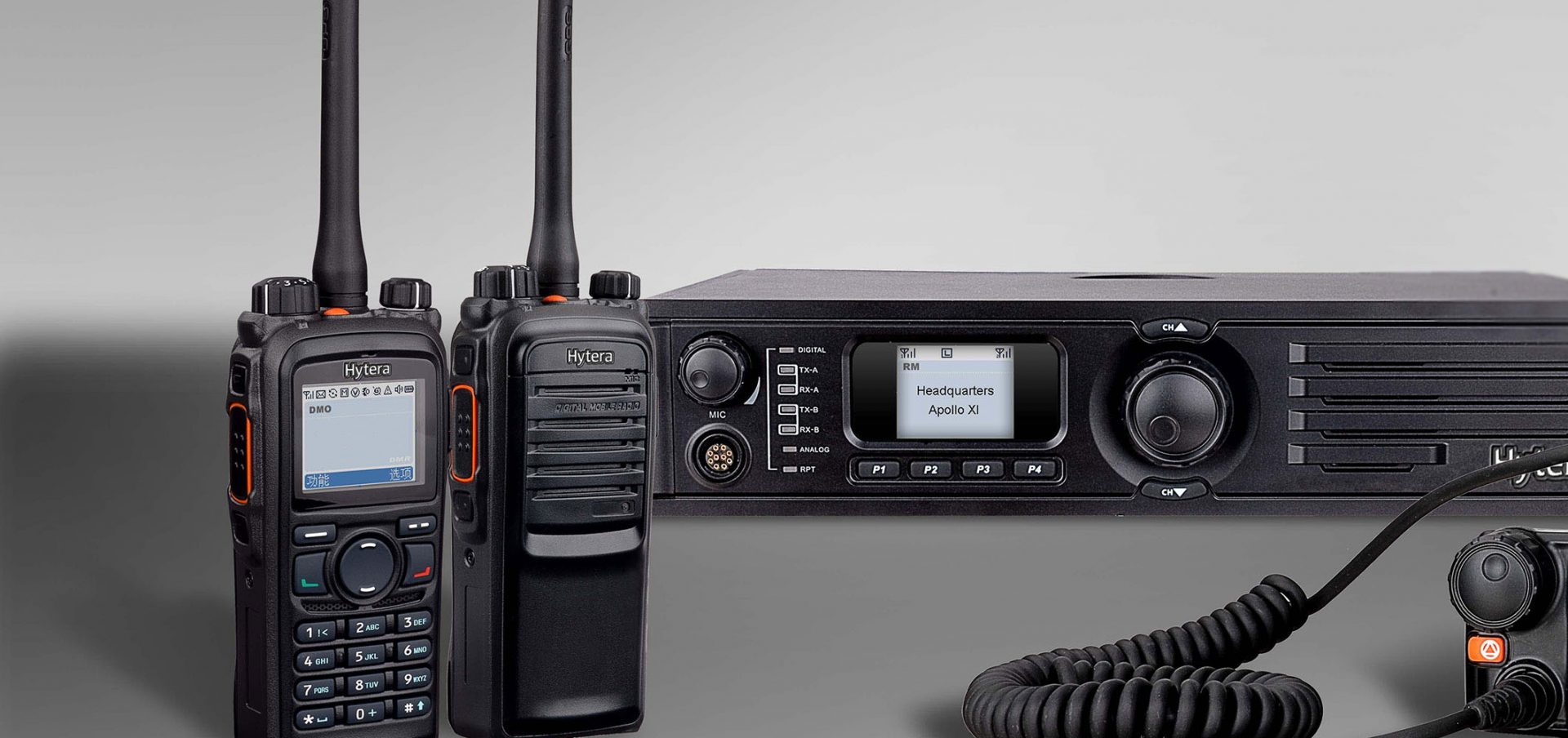When it comes to soldering, the choice of solder alloy can significantly impact the quality and durability of the joint. Among the various solder types available, 60/40 solder and 40/60 solder are two commonly used alloys, each with distinct characteristics and applications. Understanding the differences between these two solder types is crucial for professionals and hobbyists alike, as it can influence the effectiveness of your soldering projects.
Composition and Properties
At the core of the distinction between 60/40 and 40/60 solder lies their composition. The numbers refer to the percentage of tin (Sn) and lead (Pb) in the alloy.
- 60/40 Solder: This alloy consists of 60% tin and 40% lead. The higher tin content provides a lower melting point (approximately 188°C or 370°F), making it easier to work with, especially for delicate electronic components. The increased tin content also enhances the fluidity of the solder, allowing it to flow better into the joint, which is essential for creating strong, reliable connections.
- 40/60 Solder: Conversely, 40/60 solder contains 40% tin and 60% lead. This composition results in a higher melting point (around 215°C or 419°F), which can be advantageous in certain applications where a stronger bond is required. However, the increased lead content can make it less desirable for sensitive electronic components, as the higher temperature can potentially damage them.
Performance Characteristics
The performance of solder is not solely determined by its melting point; other factors such as wetting ability, strength, and corrosion resistance also play a vital role.
- Wetting Ability: 60/40 solder is known for its superior wetting ability. The higher tin content allows it to spread more easily across surfaces, creating a better bond. This characteristic is particularly important in electronics, where a good connection is critical for functionality.
- Strength and Durability: While 40/60 solder may have a higher melting point, it does not necessarily translate to a stronger joint. The mechanical properties of the solder joint depend on various factors, including the base materials and the soldering technique used. However, in applications where thermal stress is a concern, 40/60 solder may provide better performance due to its higher lead content, which can enhance the joint's resistance to thermal fatigue.
Applications
The choice between 60/40 and 40/60 solder often comes down to the specific application and the materials being joined.
- 60/40 Solder Applications: This solder is widely used in electronics, particularly for soldering circuit boards, components, and connectors. Its low melting point and excellent wetting properties make it ideal for delicate tasks where precision is paramount. Additionally, 60/40 solder is often preferred in situations where a quick and efficient soldering process is required.
- 40/60 Solder Applications: This solder is more commonly used in plumbing and metalwork, where the joints may be subjected to higher temperatures and mechanical stress. Its higher lead content can provide a more robust connection in these scenarios, making it suitable for applications that demand durability and strength.
Environmental Considerations
It is essential to note that both 60/40 and 40/60 solders contain lead, which poses health and environmental risks. As a result, many industries are moving towards lead-free alternatives. While these alternatives may not have the same properties as traditional lead-based solders, they are designed to meet safety and environmental regulations.
Conclusion
In summary, the choice between 60/40 solder and 40/60 solder hinges on several factors, including the specific application, the materials involved, and the desired properties of the solder joint. Understanding the differences in composition, performance characteristics, and applications can help you make informed decisions that enhance the quality and reliability of your soldering projects. As technology evolves and environmental considerations become increasingly important, staying informed about solder options will ensure that you can adapt to changing industry standards while achieving optimal results in your work.



